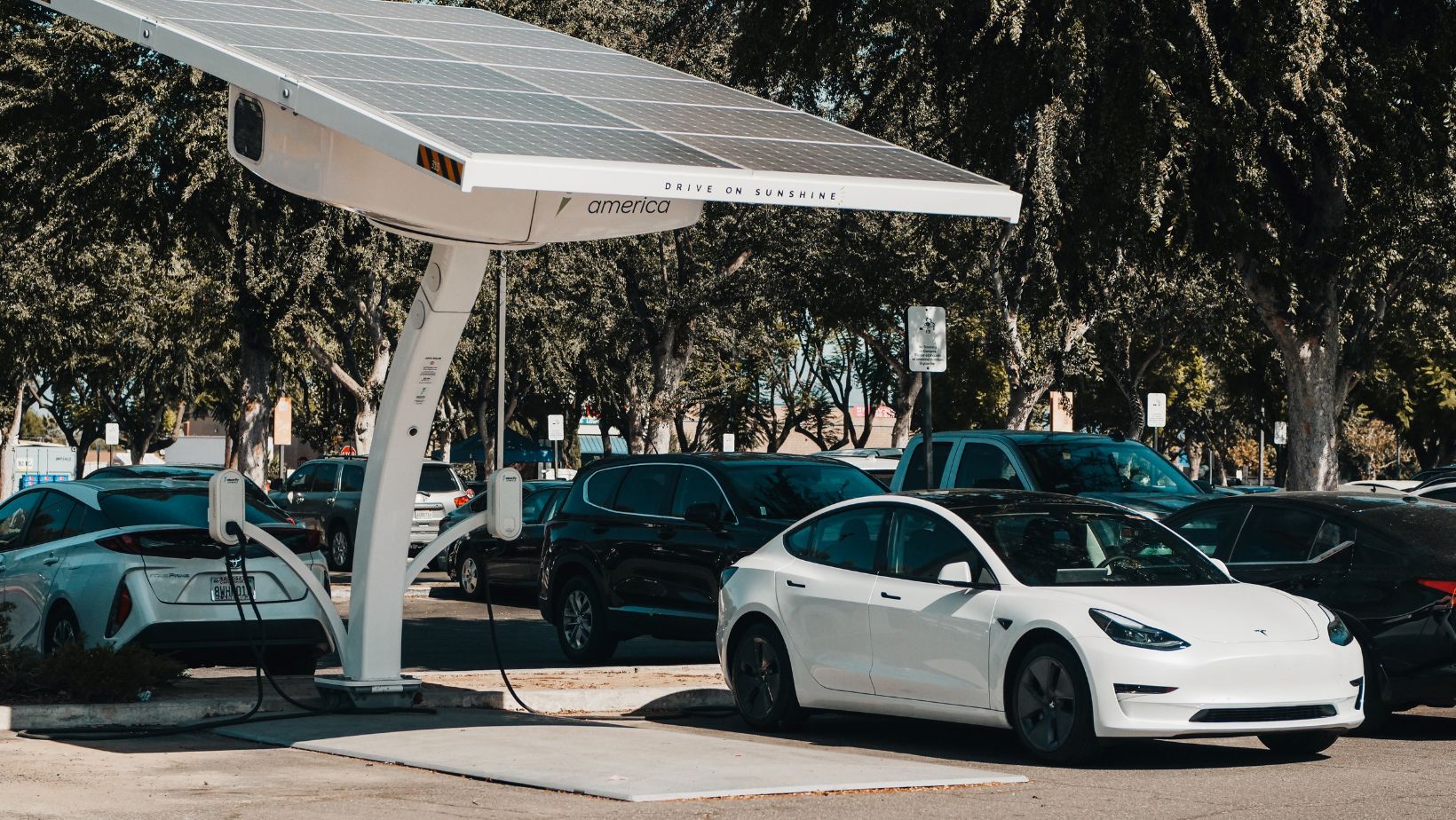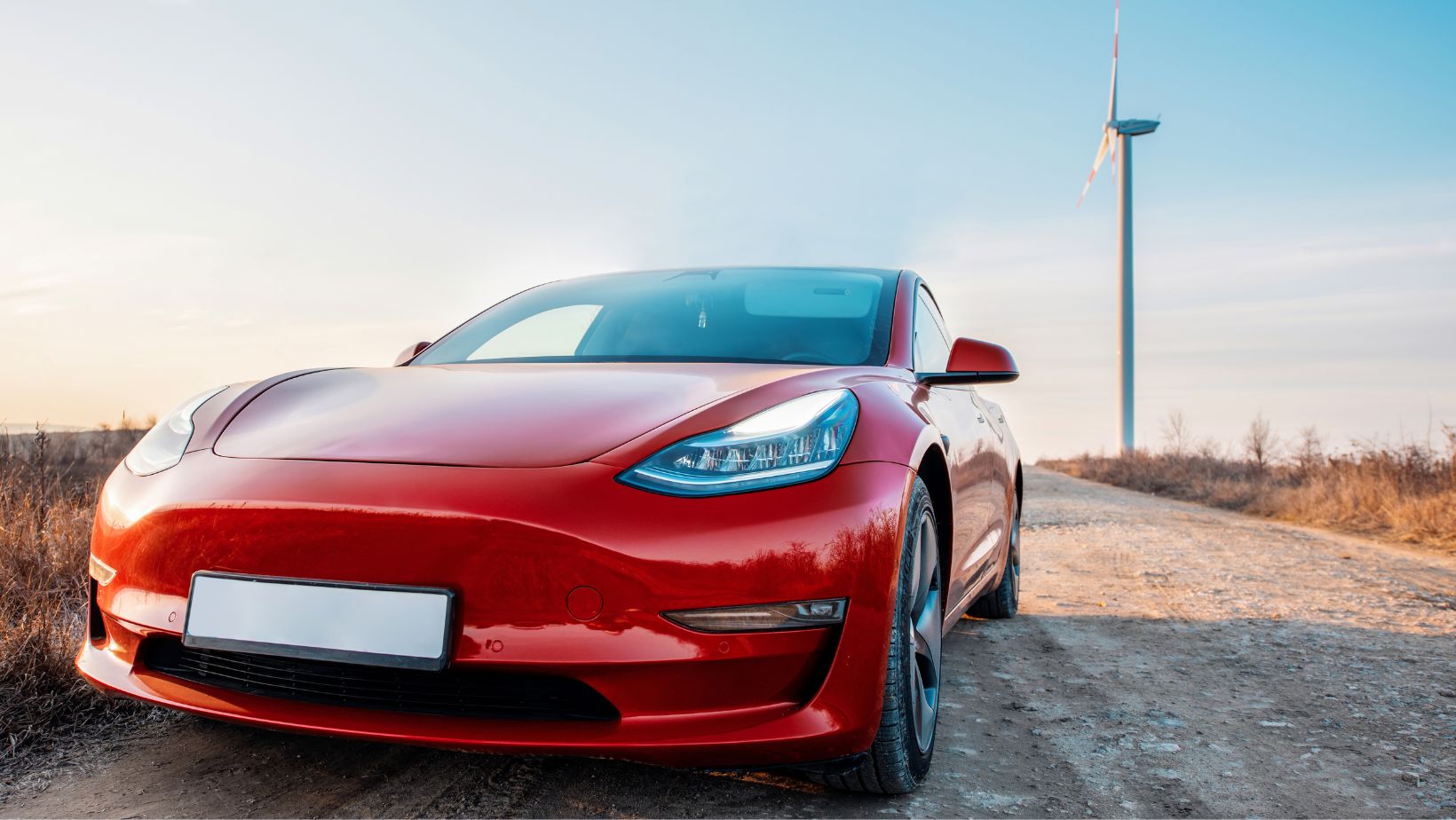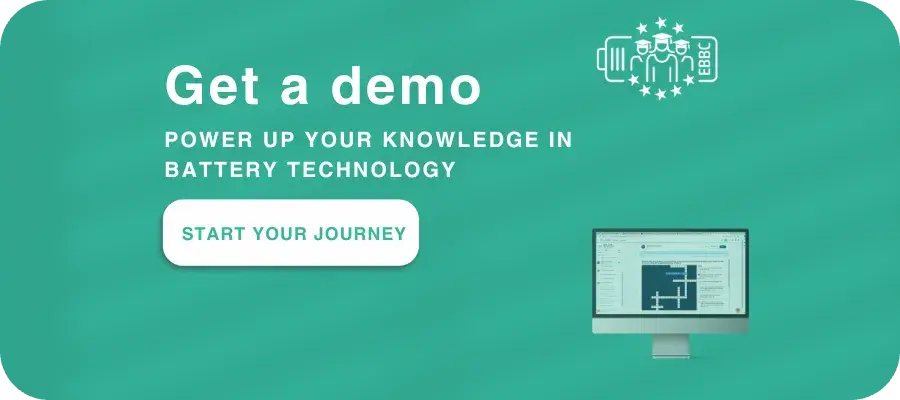In the rapidly evolving landscape of electric vehicles (EVs), the quest for high-efficiency and sustainable battery technology is paramount. Tesla, a trailblazer in the electric vehicle industry, is notable for its meticulous approach to sourcing the critical materials required for its innovative battery technology. This blog delves into the specifics of these materials, Tesla’s procurement strategies, and the broader implications for the EV battery supply chain.
- Understanding Tesla’s battery composition:
- Key components: Tesla’s battery technology relies heavily on lithium hydroxide, nickel, and cobalt. These materials are essential for creating the high-energy density cells (NCA and NCM) that power Tesla’s range of electric vehicles.
- Material procurement in numbers: In 2021, Tesla’s strategy involved sourcing over 95% of its lithium hydroxide, more than 50% of its cobalt, and over 30% of its nickel from mining and chemicals companies, demonstrating the scale and precision of its supply chain operations.
- Tesla’s sourcing strategy:
- Direct sourcing from mines: By directly sourcing from mines, Tesla maintains a tighter control over its supply chain. This method not only ensures the quality and consistency of the materials but also enables Tesla to address ethical and environmental concerns associated with mining practices.
- Global network of suppliers: Tesla has cultivated a network of global suppliers to secure its material needs. A significant aspect of this network is the long-term nickel deal with Vale, the world’s largest nickel producer. This agreement highlights Tesla’s commitment to securing a stable supply of essential battery materials amid a competitive market.
- Challenges in the global supply chain:
- Forecasting supply and demand dynamics: The EV market is witnessing an unprecedented surge in demand, putting pressure on the global mining capacity for key minerals. Analysts, including those from Wood Mackenzie, predict that the industry may face significant challenges in meeting this demand, particularly in 2023. These challenges stem from the complex interplay of geopolitical, environmental, and economic factors that impact mining and processing activities.
- Ethical and environmental considerations: As Tesla and other EV manufacturers increase their reliance on these critical materials, issues related to ethical mining practices and environmental sustainability come to the forefront. The industry faces the dual challenge of ramping up production while adhering to responsible sourcing principles.
- Looking ahead:
- Innovation and alternatives: Tesla’s ongoing research and development efforts are not only focused on enhancing battery efficiency and capacity but also on exploring alternative materials and technologies that could reduce reliance on scarce resources.
- Industry impact: Tesla’s strategies and challenges offer a microcosm of the broader trends in the EV battery industry. The company’s approaches to sourcing, coupled with the industry-wide shift to sustainable and ethical practices, are setting benchmarks for the future of electric mobility.





